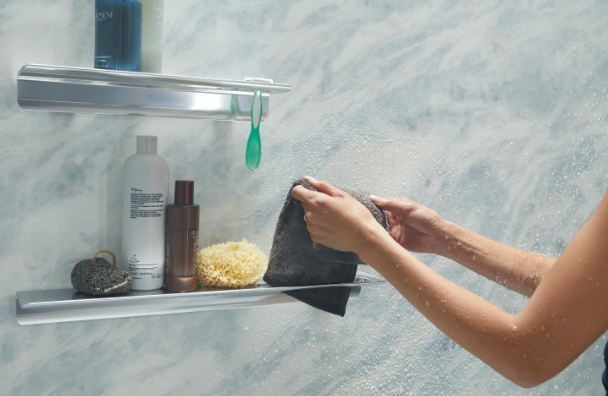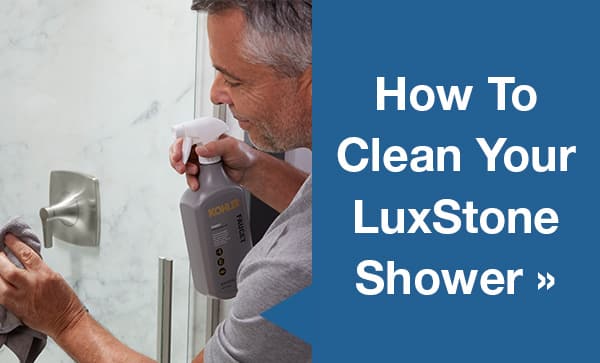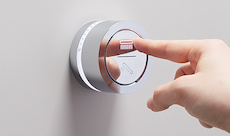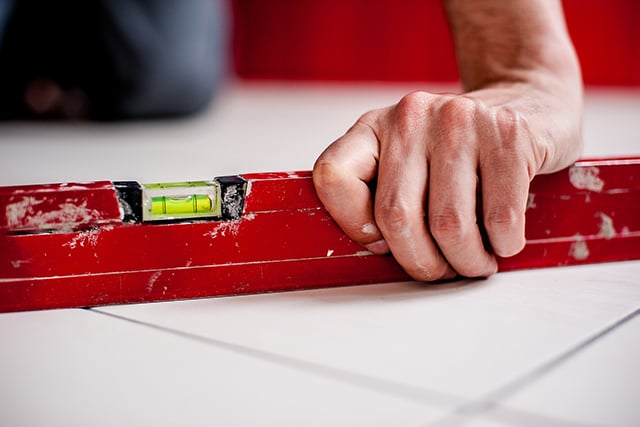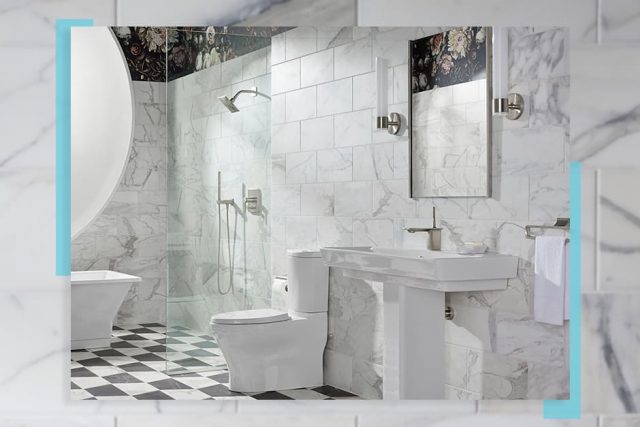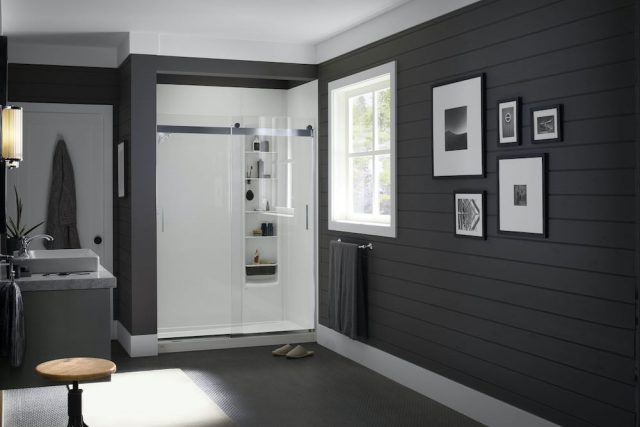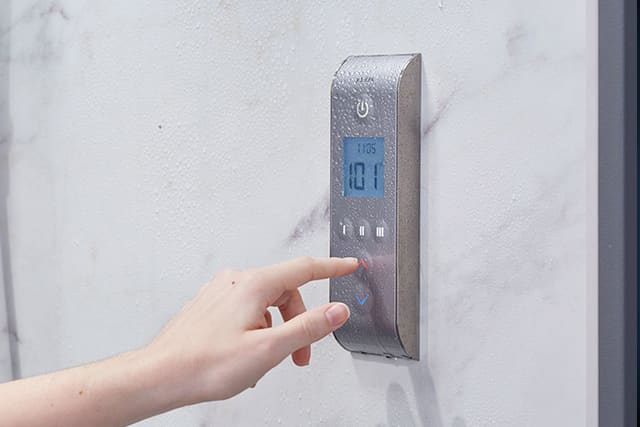A well-built shower starts with a solid foundation. While tile and finishes help define the style, the underlying components such as the shower pan and drainage system play a critical role in performance and longevity.
This guide will walk you through the key choices that ensure your shower not only looks great but functions reliably for years to come.

Understanding the Role of the Shower Pan
The shower pan is a foundational element of any well-functioning shower. Positioned beneath the floor surface, it collects water and directs it toward the drain while supporting the tile above. A properly installed pan helps ensure the shower remains watertight and structurally sound.
Traditional shower pan installation typically involves building a sloped mortar bed, applying a waterproof liner or membrane, and fine-tuning the slope to promote effective drainage. This method can be labor-intensive and leaves little room for error, which is why it’s often best handled by an experienced professional.
Streamlined Shower Pan Install
For those looking to simplify the process, KOHLER® offers a smarter solution: low-threshold shower bases that come pre-sloped with textured surfaces, built-in moisture protection, and multiple drain configurations. These bases install faster and remove the guesswork, especially helpful in homes where time and precision matter.
Planning for Shower Tile Installation: More Than Just Looks
Shower tile installation may seem focused on style, but there are several important factors that impact long-term performance. From tile selection and layout to the waterproofing layers underneath, each decision affects the durability and function of your shower over time.
Before tiling, it’s critical to:
- Install cement backer board or an approved substrate
- Apply a waterproof membrane (sheet or liquid-applied)
- Plan tile layout for slope, especially on the floor
- Choose textured floor tile and water-resistant grout
- Use proper edge trims for clean transitions
Improper tile installation can lead to cracked grout, mold behind walls, and drainage issues. The best tile installations are planned like systems; every layer must support the next.
If you want the clean aesthetic of tile without the long install or high maintenance, KOHLER LuxStone® shower walls provide a grout-free alternative that mimics the look of natural stone and traditional tile designs. Plus, they resist mold and don’t require ongoing sealing.

How to Install a Shower: Process and Strategy
Whether you’re working with a contractor or managing a renovation timeline, it’s important to understand the order of operations:
- Demo & Prep: Remove old materials, inspect studs and plumbing.
- Plumbing & Framing: Adjust drain height, install shower valve, ensure framing supports fixtures.
- Shower Pan Installation: Level and set the pan (or prep the mortar base).
- Waterproofing: Apply membranes and test for leaks.
- Wall & Tile Work: Hang backer board and install the tile or wall panels.
- Grouting & Sealing: Let tile cure, then grout and seal it properly.
- Fixtures & Finish Work: Install glass panels and shower doors, showerheads, and caulking.
Skipping steps or rushing the sequence often leads to issues that can cost more to fix later than to do correctly from the start.
If you’re working with a KOHLER Authorized Dealer, installation can be even more streamlined. KOHLER LuxStone showers can be professionally installed in as little as a day.
That includes full removal of your old shower or bath, expert installation of your new shower pan and wall panels with minimal disruption to your routine. It’s one of the fastest and most reliable ways to bring a custom walk-in shower to life without the extended downtime of traditional remodels.
What Affects the Cost to Install a New Shower?
Shower remodel costs can vary widely depending on materials, labor, and design complexity. Here’s a breakdown of what typically influences the cost to install a new shower:
- Material Choice: Tile, natural stone, or engineered panels
- Shower Pan Type: Custom mortar pan vs. prefab base
- Labor Rates: Highly variable by region and contractor skill
- Shower Size & Layout: Larger showers = more tile, more time
- Fixture Upgrades: Rainheads, multiple sprays, custom glass
- Prep Work & Permits: Unexpected structural issues or code updates
Always ask for line-item estimates so you can compare apples to apples and see where you might be able to save. Remember to budget for contingencies—especially if you’re remodeling an older bathroom with hidden plumbing or subfloor problems.

Why You Might Want to Skip Traditional Shower Tile Installation
While tile is a classic choice, it isn’t the only option for a stylish, durable shower. If you’re looking to simplify your remodel, KOHLER LuxStone offers a smart alternative to traditional shower tile installation.
Here’s why it’s worth considering:
- Faster installation: LuxStone wall panels can be installed in as little as a day.
- No grout, no hassle: Say goodbye to grout lines, sealing, and the risk of mold or mildew.
- Durable and low-maintenance: Designed to resist discoloration, cracks, and shifting over time.
- Stylish design options: Choose from patterns inspired by tile—without the ongoing upkeep.
- Transparent pricing: KOHLER’s custom quotes come with no hidden fees. The price you’re quoted is the price you pay.
Ready to get started? Call KOHLER today for a free consultation and quote.

